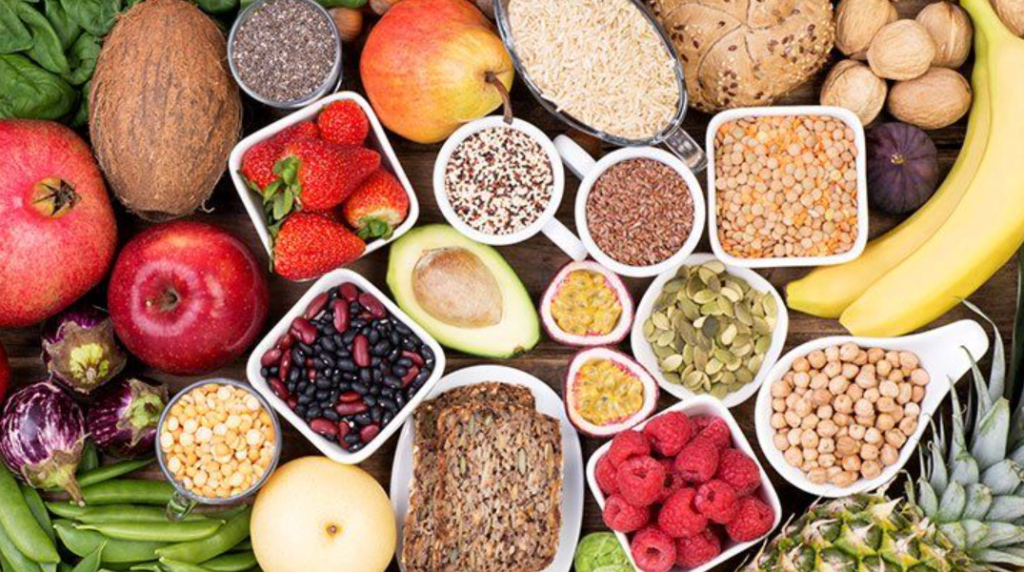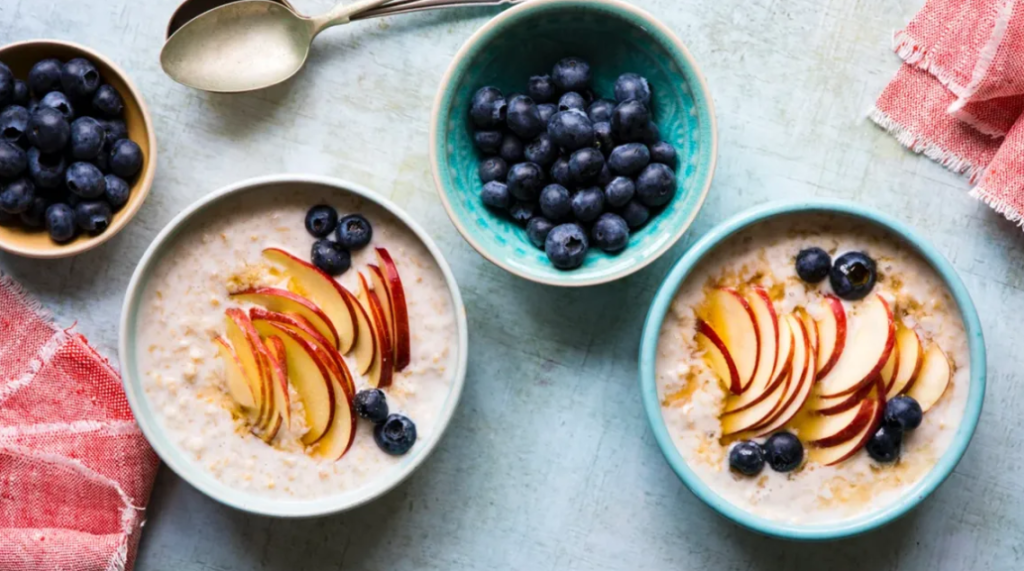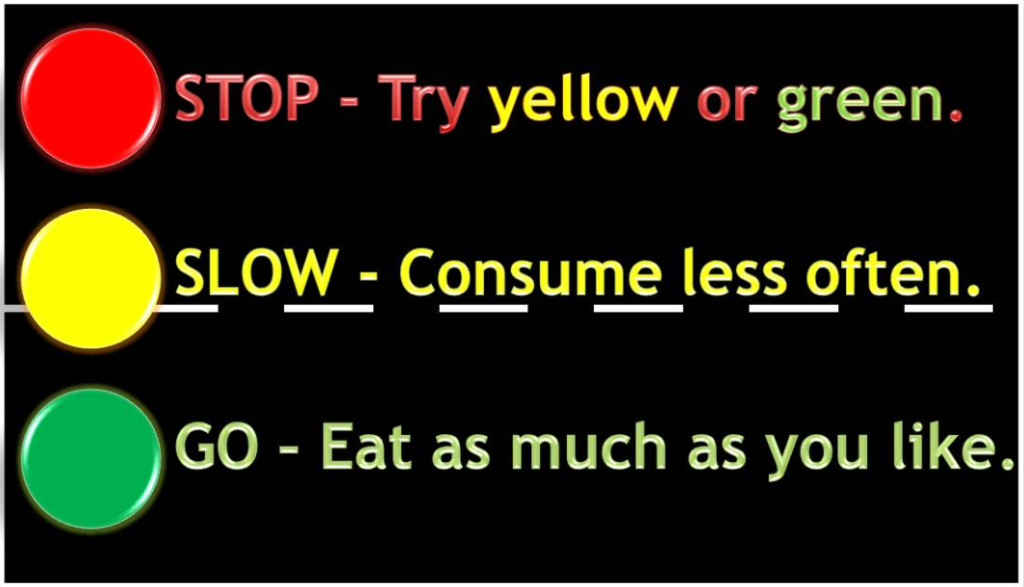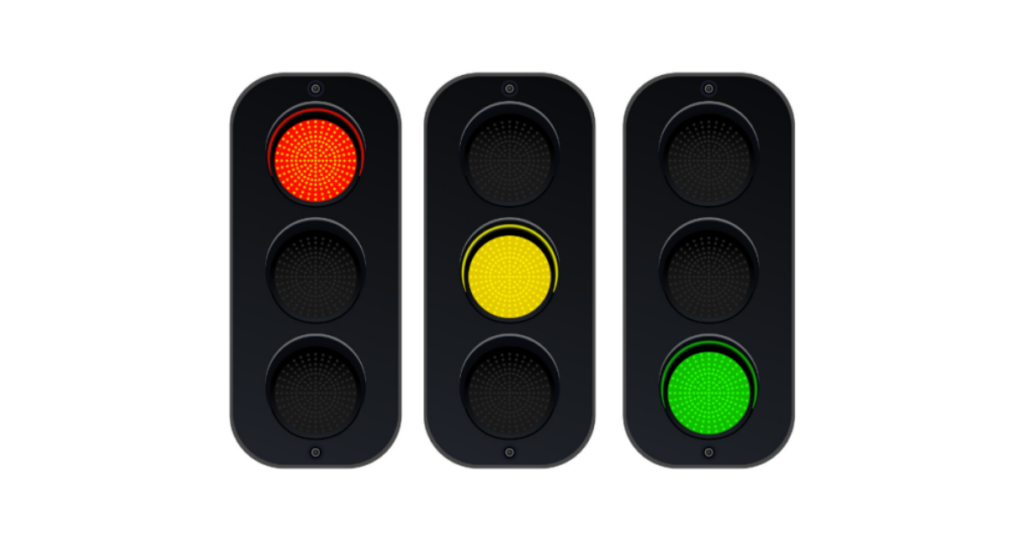Natural Ways to Boost Your Growth Hormone Levels
Building muscle is not just about exercising and eating protein. Your muscle growth also relies on hormones and chemical reactions in your body.
One important hormone for building muscle is called growth hormone (GH). It helps build and fix muscle tissues and can really boost strength and performance during exercise.
Besides, it’s also important for healing injuries and repairing tissues in your brain and other organs. Because of its advantages, many people who are into fitness use artificial growth hormones.
But while synthetic GH can make you stronger and improve your appearance, it can also cause lasting health problems.
The good news is that our bodies make growth hormones naturally. There are plenty of ways to boost its levels without risking those side effects.
What is a Growth Hormone?
The pituitary gland makes human growth hormone (HGH), which is important for growth, building muscles, and the way the body uses energy.
Our bodies make more growth hormone when we’re stressed or doing physical activities. This means we can increase our growth hormone levels by changing our lifestyle and diet.
Benefits of growth hormone:
- Helps you lose weight
- Increases muscle mass
- Improves memory and learning
- Boosts muscle strength
- Aids in injury recovery
- Speeds up wound healing
- Strengthens bones
- Keeps your skin healthy
Exercise
Both endurance and resistance exercises, like weightlifting and cardio workouts, boost the release of growth hormones in our bodies.
Regular exercise and intense training cause a surge in your growth hormone levels, which helps with more fat loss and muscle building.
Lose some body fat
Too much body fat can lower growth hormone (GH) levels in both men and women. Research indicates that people with obesity have lower levels of GH and other growth-related proteins. However, when they lose a lot of weight, their GH levels go back to normal.
Losing belly fat can help bring GH levels back to where they should be and improve your health overall.
Reduce sugar intake
Research shows that individuals with diabetes tend to have lower levels of growth hormones. High insulin levels, which are common in diabetes, are linked to decreased GH levels. Additionally, consuming too much sugar can lead to weight gain and obesity, which further reduces GH production in the body.
Eating refined carbohydrates like pastries and white bread can significantly lower GH levels and cause a sudden increase in blood sugar levels.
Individuals with diabetes typically have 3-4 times lower GH levels compared to those who are healthy.
Intermittent Fasting
Research indicates that fasting for three days intermittently can boost your growth hormone levels by up to 300%.
Fasting significantly raises GH production because it reduces body fat and lowers insulin levels.
Optimal sleeping pattern
During deep sleep, your body releases a lot of growth hormone at different times. This release depends on your internal body clock or circadian rhythm.
If you don’t sleep well, your body makes less growth hormone.
Reduce Stress
Lowering stress through relaxation techniques like massages and deep breathing can improve sleep patterns and lead to more growth hormone production.
Research shows that practicing relaxation exercises like yoga can greatly increase your growth hormone levels.
Supplement
Using a Gamma-aminobutyric acid (GABA) supplement can boost your body’s growth hormone levels by as much as 400%.
GABA works as a neurotransmitter that calms the body, reducing stress and anxiety. GABA also enhances growth hormone levels by improving sleep quality.
Meal quality
The type of food you eat affects your growth hormone levels. Eating high-fat and high-sugar meals increases the levels of somatostatin in your body. This hormone stops the release of GH.
Eating high-fat meals can lower your GH levels, which can slow down your progress.
































